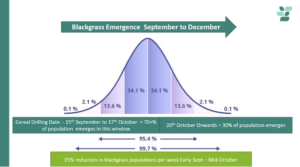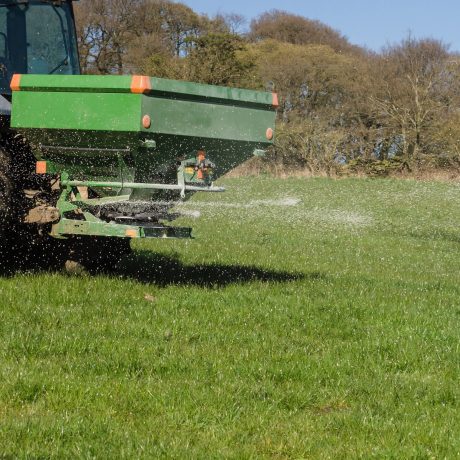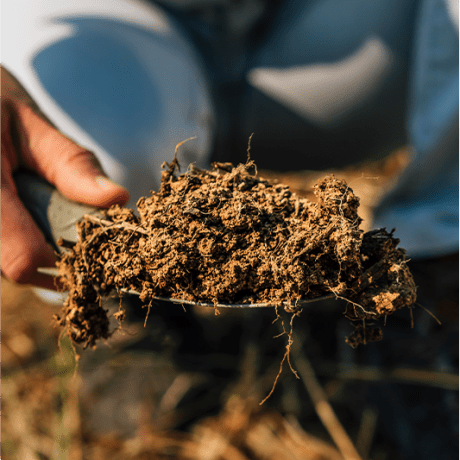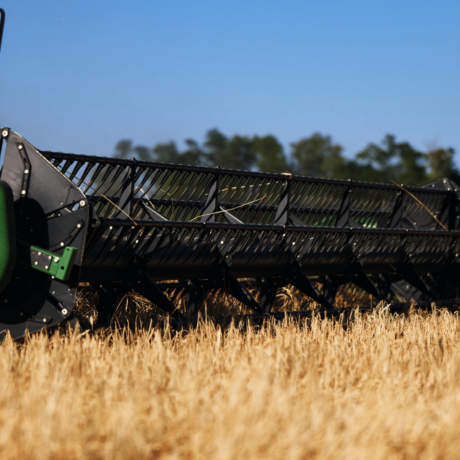Drilling, Disease and Grassweeds
Joe Pitt
Sep, 10 2024As we enter September, our clients are busy with post-harvest cultivations and planning their drilling programme. With variable, and at times poor, yields serving as a stark reminder of the wet autumn and winter endured by all, it is easy to think that shifting drilling earlier will serve as a remedy. However, in most cases we are still urging clients to be patient, waiting until October if possible, to control disease, barley yellow dwarf virus (BYDV) and grassweed levels.
Even in varieties with high Septoria tritici scores, September drilling has been shown to lead to much higher infestation rates, increasing fungicide costs by approximately £40/ha with poor control and infections over leaf 3 and 2. Trials show wheat drilled in mid-September had a Septoria tritici score a full 1 point lower than its mid-October counterpart. With a well-timed T1 application still insufficient to get on top of the problem, a holistic approach joining late drilling with robust genetic resistance and a comprehensive fungicide programme is the best route forward.
With regards to BYDV control, the trend is repeated. September emergence almost guarantees the need for an insecticide pass, whilst late October emergence onwards significantly reduces the risk. There will also be farms looking to get an SFI zero-insecticide payment on their winter cereals, either demanding a later drill date or a BYDV-resistant variety, such as BYDV Grouse.

Figure 1 – Bell curve showing distribution of blackgrass through September to December. Delaying drilling into a stale seedbed after the peak of emergence is a key cultural control.
Perhaps the most important issue here is grassweed control. With natural blackgrass emergence declining by 15% each week from early September to mid-October (see figure 1), there are clear benefits in population control. Delaying pre and peri-emergence applications into October will also see a marked reduction in UV degradation, allowing the chemistry to remain effective in the soil profile for longer, bringing a 20% improvement in residual effectiveness. The efficacy of residual herbicides is dependent upon the presence of adequate soil moisture. With very little rain forecast for the first few weeks of September it is advisable to wait until there is moisture available to get the best out of these expensive products. A recent NIAB study showed that blackgrass levels in a November drilled wheat crop (which received no residual herbicide) were lower than in a late September drilled wheat crop (which received a comprehensive pre and peri emergence residual herbicide programme).

Figures 2 and 3 – The price of poor cultural control and pr-ems dropping in persistence.
We understand there are some businesses with large areas to cover and compressed weather windows, particularly if in the north of the country. We also understand the genuine concern of the weather turning and crops not being drilled again. If forced to drill from early to mid-September, farms should drill the blocks with the lowest grassweed burden first; ensure a good seedbed is created to bring even emergence and optimise residual herbicide activity; use varieties with good disease resistance scores and have a comprehensive BYDV management plan, including green bridge destruction and considering BYDV-resistant varieties.
Remember that the earlier a crop is sown, the more it will cost to grow. Try to look beyond the difficult autumn of 2023 and discuss the matter with your agronomist or adviser before entering the field.
To discuss any of the issues raised in the above article, please get in touch via email contact@ceresrural.co.uk, click the “CONTACT US” button below, or call 01223 679 679.






